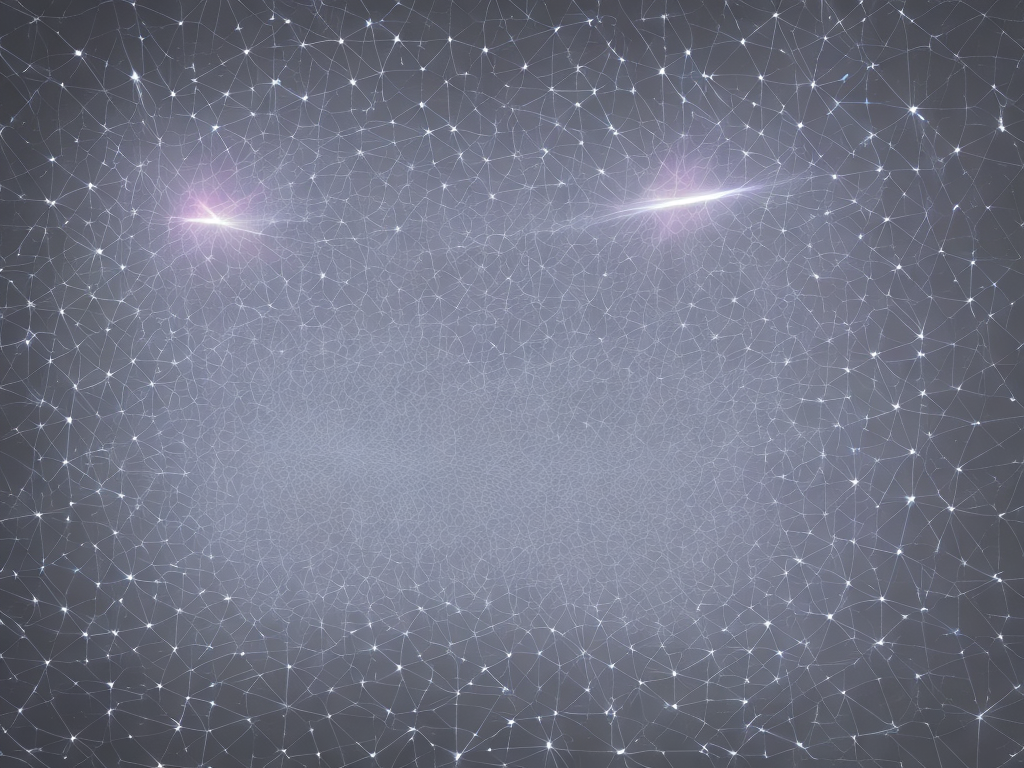
Physics is a fascinating subject of science that deals with the study of the laws and principles that govern the universe. It covers various phenomena that range from the smallest particles to the largest structures in the universe. Two such phenomena that form an integral part of the subject are interference and diffraction. While both these concepts share some similarities and are often used interchangeably, there are fundamental differences between them. In this essay, we will look at these differences and try to understand them in detail.
Interference:
Interference is a phenomenon where two waves interact with each other to produce a resultant wave. The waves may be of the same frequency or different, but the principle remains the same. Interference takes place when two waves meet each other in such a way that their amplitudes and phases add up, resulting in either constructive or destructive interference. In constructive interference, the crest of one wave coincides with the crest of the other wave, resulting in an increase in amplitude. Similarly, in destructive interference, the crest of one wave coincides with the trough of the other wave, resulting in a decrease in amplitude.
Interference can be explained by the superposition principle, which states that when two waves meet, their amplitudes add up. Mathematically, the resultant wave is given by the sum of the individual waves. If the two waves are in-phase, i.e., their crest and trough coincide with each other, then the amplitude of the resultant wave is maximum. On the other hand, if the waves are out-of-phase, i.e., their crest and trough do not coincide with each other, then the amplitude of the resultant wave is minimum.
Interference can occur in any wave, be it mechanical, electromagnetic, or matter wave. One of the classical examples of interference is the double-slit experiment, which was first performed by Thomas Young in 1801. In this experiment, a light source is placed in front of a screen with two narrow slits. The light waves passing through the slits interfere with each other, producing an interference pattern on the screen. The pattern created depends on the distance between the slits and the wavelength of the light.
Diffraction:
Diffraction is a phenomenon where waves bend around corners or obstacles and spread out into the region behind them. It occurs when a wave interacts with an obstacle whose size is comparable to its wavelength. When waves pass through a narrow opening, they spread out in all directions, producing a diffraction pattern on the other side of the opening. The amplitude of the wave decreases as it moves away from the center of the diffraction pattern, resulting in a series of bright and dark fringes.
Diffraction can also be explained by the principle of superposition. When a wave passes through a small opening, it spreads out in all directions, with each point on the wavefront acting as a source of secondary waves. These secondary waves interfere with each other, resulting in a diffraction pattern. The width of the opening and the wavelength of the wave determine the size of the diffraction pattern.
One of the classic examples of diffraction is the diffraction of light through a single slit. When light enters through a single slit, it diffracts, producing a diffraction pattern on a screen placed behind the slit. The pattern consists of a central bright spot with alternating dark and bright fringes on either side of it. The width of the central bright spot depends on the width of the slit, and the spacing of the fringes depends on the wavelength of the light. Diffraction is also responsible for the spreading of sound waves in a room and the bending of ocean waves around a headland.
Difference between Interference and Diffraction:
While interference and diffraction share many similarities, they are different phenomena with distinct characteristics. The primary difference between them is that interference occurs when two waves meet each other, while diffraction occurs when a wave encounters an obstacle or passes through an opening. Interference is a phenomenon that arises due to the superposition of two or more waves, while diffraction is a result of the bending of waves as they pass through a small opening or around an obstacle.
Another difference between interference and diffraction is in the way they produce patterns. Interference patterns are produced when two or more waves of the same frequency and amplitude interact with each other, resulting in either constructive or destructive interference. The pattern produced is a result of the superposition of the waves. In contrast, diffraction patterns are produced when a wave passes through a small opening or around an obstacle. The pattern produced is a result of the bending of the wave, resulting in a series of bright and dark fringes.
Interference is a phenomenon that is observed with waves that have a definite phase relationship, while diffraction is observed with waves that are not necessarily in phase with each other. For example, in the double-slit experiment, the two slits are placed at a specific distance from each other to ensure that the two waves are in phase. In the diffraction experiment, the size of the obstacle or opening determines the diffraction pattern produced, irrespective of the phase relationship between the waves.
Conclusion:
Interference and diffraction are two important phenomena in physics that help us understand the behavior of waves. While both these concepts share similarities, such as the superposition principle, they are fundamentally different in the way they produce patterns and the conditions required for their observation. Interference is a phenomenon that occurs when two or more waves meet each other, resulting in either constructive or destructive interference. In contrast, diffraction is a result of the bending of waves when they encounter an obstacle or pass through a small opening. Understanding the differences between these two phenomena is essential in many branches of physics, including optics, acoustics, and quantum mechanics.
 Self-Instruct
Self-Instruct